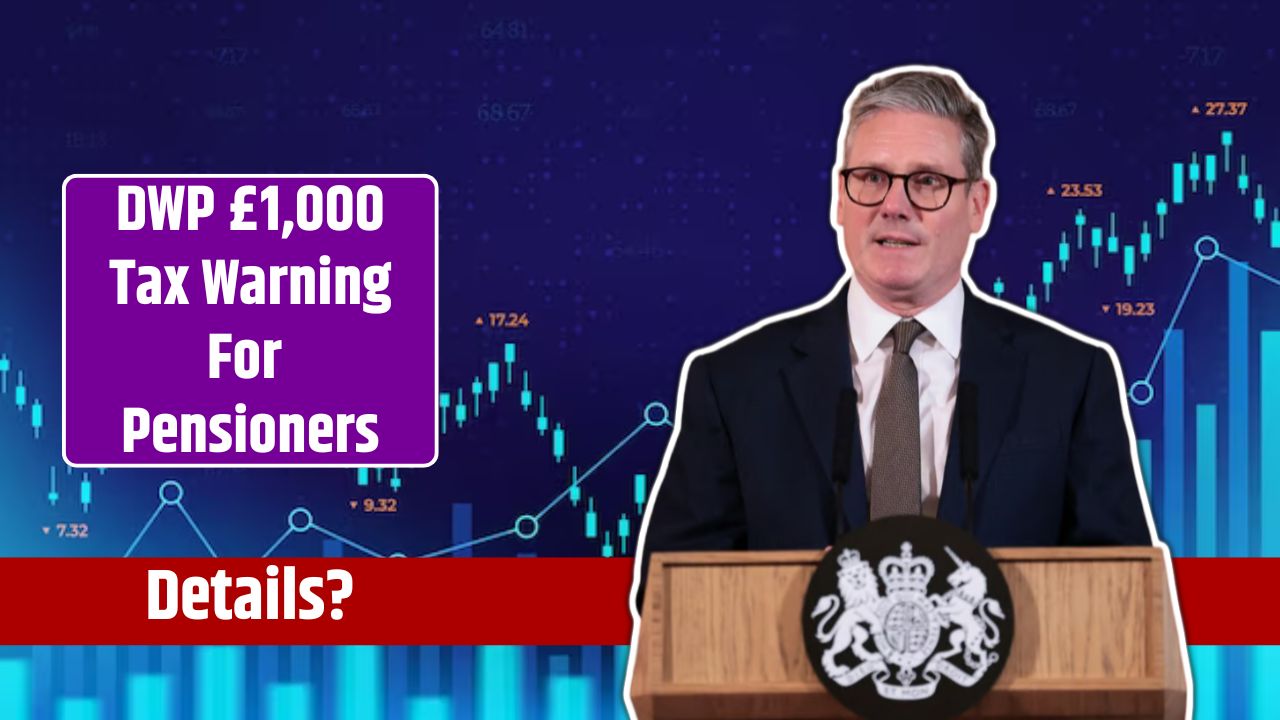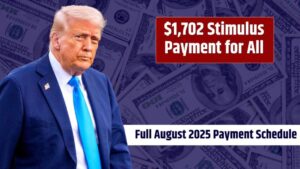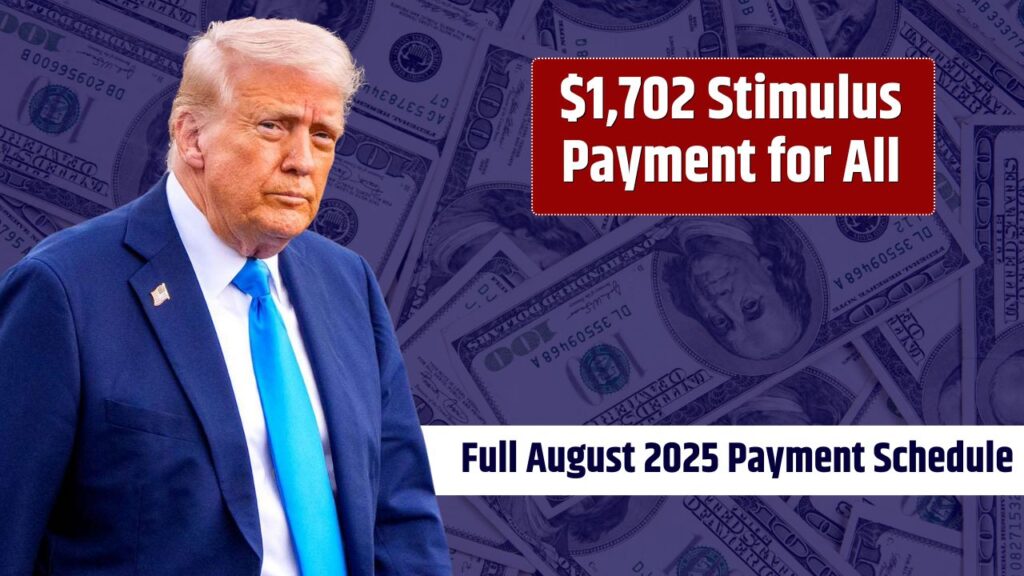Pensioners in the UK are facing a potential tax hit of up to £1,000 due to changes in pension taxation policies.
The Department for Work and Pensions (DWP) has issued a warning, highlighting the impact of frozen tax thresholds and the taxation of state pensions.
Many retirees may find themselves paying more tax than expected, which could strain their financial stability.
Understanding these changes is crucial for pensioners looking to safeguard their retirement income. In this article, we’ll explore why this tax warning has emerged, how it affects pensioners, and what steps they can take to minimize their tax liability.
DWP £1,000 Tax Warning For Pensioners
Why Are Pensioners Facing a £1,000 Tax Bill?
The main reason behind this tax warning is the government’s decision to freeze income tax thresholds until 2028. This means that as pension incomes increase due to inflation, more pensioners will be pushed into higher tax brackets without any adjustment to their tax-free allowances.
Currently, the personal tax allowance is £12,570. Any income above this amount, including state and private pensions, is subject to taxation.
Since state pensions have been rising due to the triple lock policy, more retirees are unknowingly crossing the taxable income threshold.
For those withdrawing from private pension pots using a flexible drawdown scheme, the risk of exceeding the tax-free threshold is even higher. If withdrawals are not planned carefully, pensioners could end up with an unexpected tax bill.
Thresholds
Impact of Frozen Tax Thresholds
The UK government’s decision to freeze income tax thresholds is a major factor contributing to higher tax liabilities for pensioners.
When tax-free allowances don’t increase with inflation, pensioners end up paying more tax even if their income hasn’t increased significantly in real terms.
Example Scenario:
John, a retired civil servant, has a total annual pension income of £13,000. In previous years, his income was below the tax-free allowance.
However, due to inflation and frozen tax thresholds, he is now required to pay tax on the £430 exceeding the £12,570 allowance.
If John withdraws additional funds from his private pension, he could be taxed at even higher rates. This is the situation many pensioners are finding themselves in, leading to unexpected tax bills.
Drawdowns
How Pension Drawdowns Can Increase Tax Liability
Many pensioners use a flexible pension drawdown to supplement their income. While this provides financial freedom, it can also result in higher tax liabilities.
Key points to consider:
- Taxable Withdrawals: Any amount withdrawn above the personal allowance is taxed at standard income tax rates.
- Lump Sum Taxation: The first 25% of a pension lump sum is tax-free, but the remainder is taxed as regular income.
- Higher Rate Risks: Large withdrawals can push pensioners into higher tax brackets, leading to bigger tax bills.
Pensioners should carefully plan their withdrawals to ensure they do not accidentally exceed tax-free thresholds.
State
How State Pensions Contribute to Tax Bills
Many retirees assume their state pension is tax-free, but this is not the case. The state pension is considered taxable income, and when combined with other pensions or savings withdrawals, it can push pensioners above the tax-free allowance.
For 2023-24, the full new state pension is £10,600 per year. This leaves only a small margin before crossing the £12,570 tax threshold. Any additional income, such as workplace pensions or part-time work, will be taxed accordingly.
Example:
Sarah receives a full state pension and an additional £5,000 per year from a workplace pension. Her total income is £15,600, meaning she must pay tax on £3,030, resulting in an unexpected tax bill.
Policy
Will the Government Introduce Policy Changes?
In response to concerns from pensioners and financial experts, the government is considering adjustments to pension taxation policies. Some possible changes include:
- Increasing the Personal Allowance: Raising the tax-free threshold to keep up with inflation.
- Simplifying Pension Taxation: Making pension tax rules clearer to help retirees manage their finances better.
- Revising Lump Sum Rules: Reviewing tax-free withdrawal limits to give pensioners more flexibility.
While no immediate changes have been confirmed, pressure is mounting for the government to address the issue. Until then, pensioners need to take proactive steps to manage their tax exposure.
Minimization
How Can Pensioners Reduce Their Tax Bills?
Although policy changes may take time, there are steps pensioners can take to minimize their tax liability:
1. Plan Pension Withdrawals Carefully
Avoid withdrawing large sums from a pension in one go, as this can push you into a higher tax bracket. Instead, spread out withdrawals over multiple years to stay within lower tax bands.
2. Utilize Spousal Tax Benefits
If one spouse has a lower income, consider splitting pension withdrawals to take advantage of both tax-free allowances.
3. Consider ISA Investments
Income from ISAs (Individual Savings Accounts) is tax-free. Using ISAs for savings can help reduce taxable income.
4. Seek Financial Advice
A financial advisor can help create a tax-efficient withdrawal strategy tailored to your financial situation.
Professional guidance can prevent unnecessary tax bills and ensure you maximize your pension income.
Staying informed and making strategic financial decisions can help pensioners avoid unexpected tax burdens. While the DWP’s warning is concerning, proper planning can mitigate the impact of taxation on retirement income.










